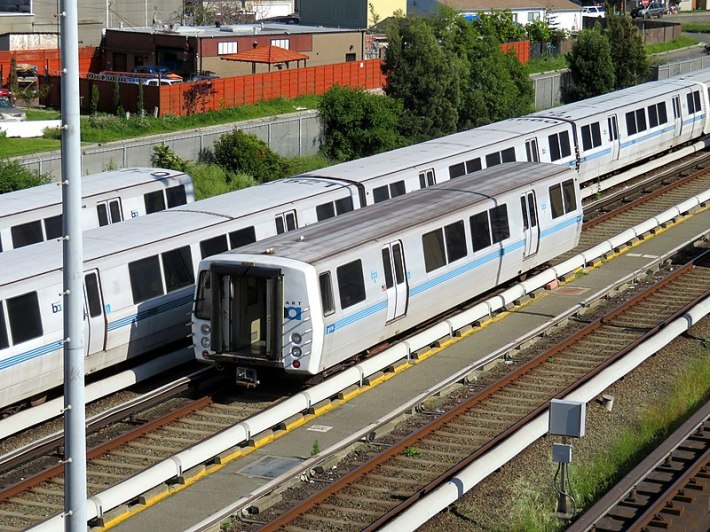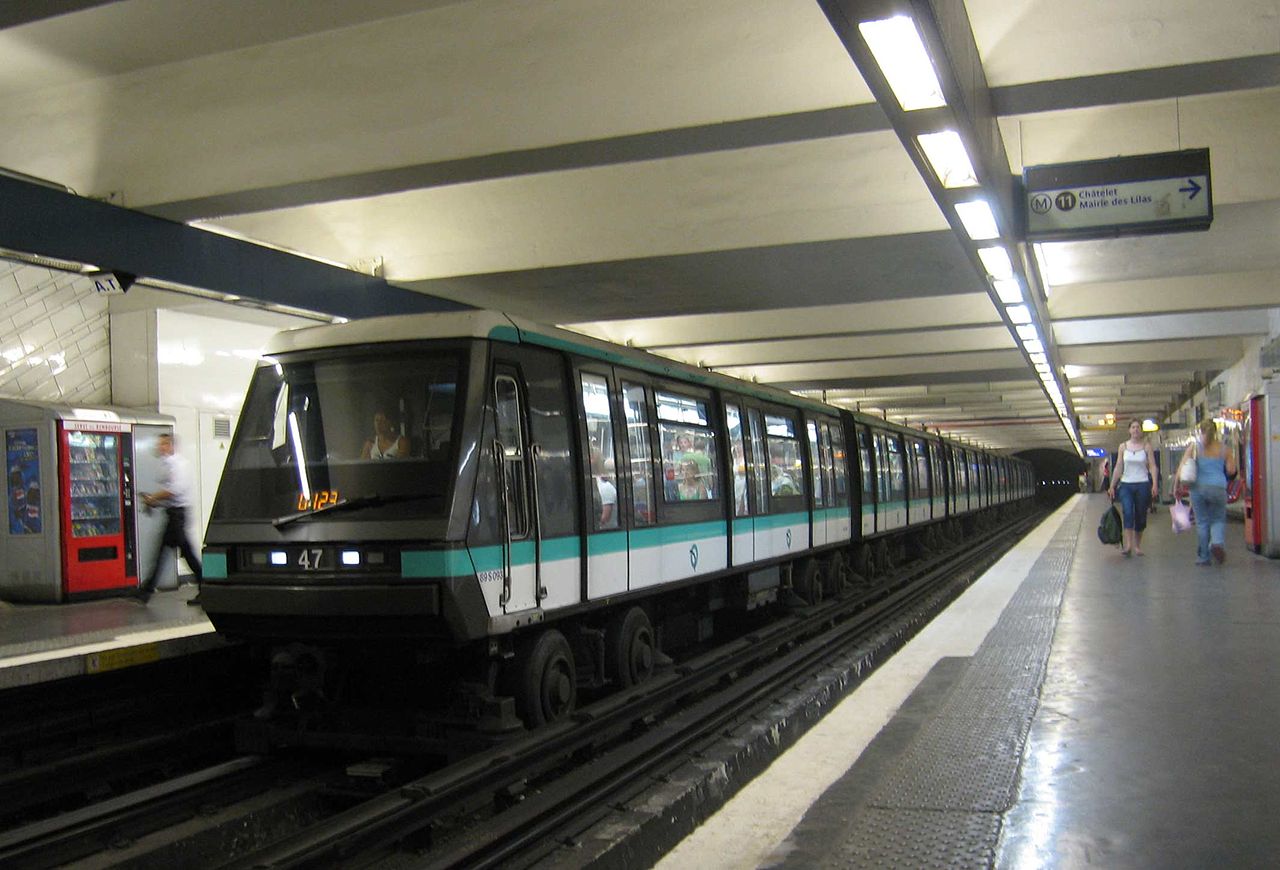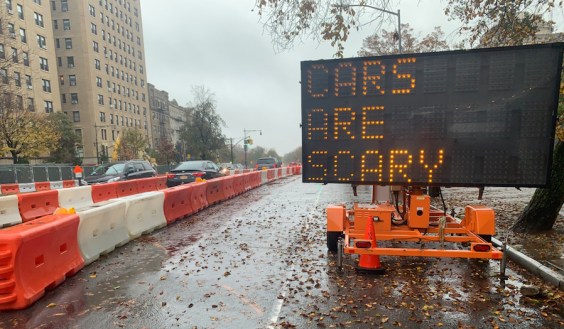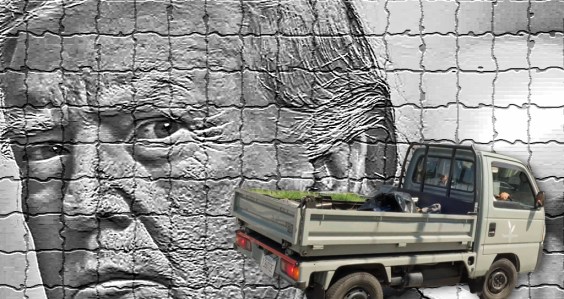The Line 1 in Paris was opened in 1900. In 2012 it was fully automated. It's continued to serve Parisians, safely. There are now over 20 "GoA4," meaning fully driverless, train systems in the world. The most recent one to come online is Montréal's REM system.
As BART struggles to survive, it has adjusted its schedule to allow more frequent service off peak to a maximum of 20-minute intervals (compared to the Paris Metro, which runs every 3-to-8 minutes, even during the lowest demand periods). But this has had an unintended consequence: a return to overcrowding during peak hours.
The reasons are surprising, as this exchange with BART Director Rebecca Saltzman explains; it's not because they don't have enough rolling stock.
It takes too long to split the trains after peak service to make it possible to do that while maintaining the current schedule. BART staff are working on speeding up the process so that could be possible in the future.
— Rebecca Saltzman (@RebeccaForBART) October 25, 2023
Also, the most crowded trains have been increased to 8 cars.
"We're getting enough train cars, we're at over 620 cars now," explained BART Director Robert Raburn in a phone interview.
One of the main problems is that BART doesn't have enough operators to add and subtract cars depending on demand and time of day. "We don't currently have the right number of yard operator staff in the right locations to do makes and breaks for peak and off peak in a way we are confident it won't impact our ability to deliver on-time service," explained BART spokeswoman Alicia Trost in an email to Streetsblog.
So it's not a train shortage, it's a labor shortage that's one of the main causes of the overcrowding during rush hour.
"BART doesn't have automated moves anywhere in the District," she added. "There is always a train operator in a train when it is moving."
For years now, this publication has asked why BART continues to require operators in every single train, when the system essentially runs automatically; operators just check to make sure the doors are clear. The excuse given: it's too dangerous to operate long BART trains without someone on board to watch the doors and intervene in an emergency. I've also listened to BART staff claim that, unlike the Paris Metro, Vancouver Skytrain, or Copenhagen Metro, BART's system is too sprawling and it would be impossible for backup drivers and maintenance personnel to reach a disabled train without causing massive delays.
But none of that applies in the train yards.

Trost also wrote that they "have five classes of operators coming up who will be ready and in the right locations by the new year. We hope to be able to have some yard based makes and breaks in early 2024."
That's great, but that's an ongoing expense. A better way to spend that money would be to take operators out of the equation in areas where they're not needed. Clearly, in the yard, they don't need to worry about a passenger getting stuck in a door. As it turns out, according to Trost, even the automatic control system currently used by BART doesn't extend to the yards.
The question is why not?
Years ago, Raburn suggested that BART pilot full automation and get rid of the operators on the spur between SFO and Millbrae. Nothing ever happened. It seems as if every time an effort is made to even explore driverless operation for BART, it somehow gets tossed out or fails to materialize, such as with a project to add platform-edge screendoors at Oakland's 12th Street station.
If BART already trusts computers to run loaded, closely spaced trains at 80 mph with an operator who is there only as a safety backup, then it's simply not credible that it can't trust computers to assemble empty trains, to do "makes and breaks," around the yards at five mph.
It's time for BART to automate, rather than hire additional drivers to shunt empty train cars when assembling trains of different lengths. Let's improve service instead and get those operators on more frequent, passenger-carrying trains. To do that, the BART board has got to be decisive and instruct staff to implement driverless automation in the yards.






